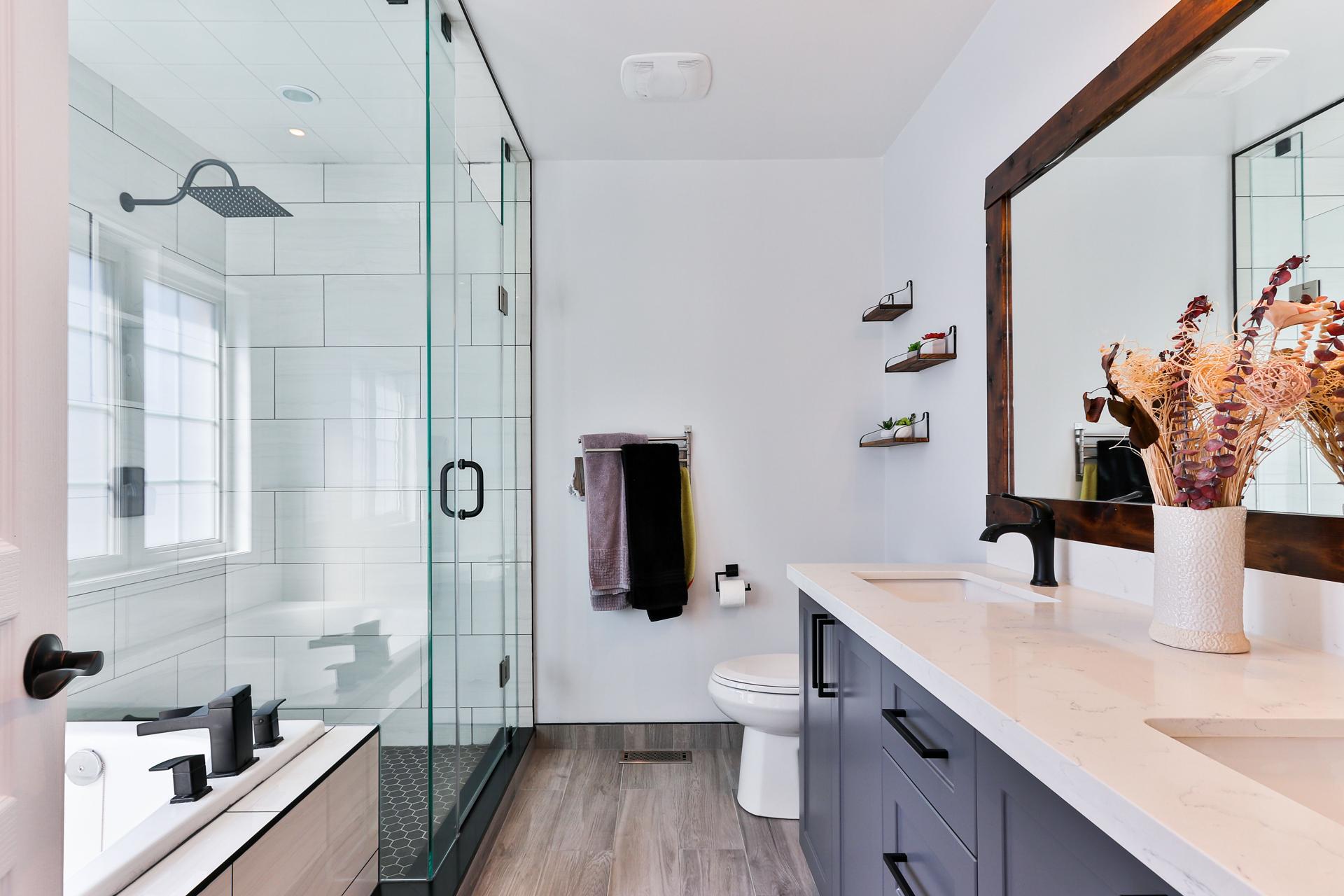An Overview of Hot Water Plumbing: The Complete Beginner's Guide

Plumbing for hot water is a vital part of daily life. It is essential to have hot water for various purposes including taking a bath, washing dishes and even doing laundry. In this article, we’ll provide you with a basic understanding of the way hot water plumbing functions.
Hot Water Plumbing Basics
The term "hot water plumbing" refers to the system that supplies hot water to various parts of a structure. It differs from cold water plumbing by heating water before it is distributed across the entire building. The primary components of a hot-water plumbing system comprise the pipes, water heaters, valves, and fixtures. Water heaters are the primary component of a hot water plumbing system. It heats the water and stores it until it is needed. The pipes carry warm water that is heated from the water heater to the fixtures like showers and faucets. Valves control how hot water flows while fixtures serve to distribute hot water to various areas of the building.
Types of Hot Water Heaters
There are three primary kinds of hot water heaters available on the market that include tankless, storage tanks, and heat pump water heaters. Tankless water heaters heat water at the demand of users and don’t conserve hot water. Storage tank water heaters store hot water in a tank until it is required. Heat pump water heaters make use of electric power to transmit heat through the ground or the air to heat the water. Every type of hot water heater comes with its pros and cons. Tankless water heaters are more energy-efficient and have a longer life, but they are more expensive. Storage tank water heaters are less expensive but are less durable and are not as energy efficient. Water heaters with heat pumps are the most energy efficient, however they might not be appropriate for climates with colder temperatures.
Hot Water Plumbing Maintenance
Regular maintenance is crucial for ensuring that your hot-water plumbing system is operating properly and effectively. A few suggestions for maintaining a hot water plumbing system include checking for leaks as well as flushing the tank or replacing anode rods. It is crucial to check for leaks to prevent water damage and to ensure that the hot water plumbing system isn’t wasting water. Cleaning the tank gets rid of the mineral and sediment buildup which can reduce the efficiency in the performance of your water heater. The anode rod was designed to prevent corrosion and should be replaced every few years.
Troubleshooting Plumbing Issues with Hot Water
Common problems that arise with hot water plumbing systems are a lack of hot water or low pressure. If you are experiencing a lack of hot water, it could be due to an inoperative heating element or a faulty thermostat. A low water pressure could be caused by a clogged the valve or pipe. If you are experiencing one of these problems it is recommended you seek out a qualified plumber to identify and fix the problem.
Conclusion
Knowing the workings of hot water plumbing is vital to ensure that your hot water plumbing system functions effectively and effectively. Routine maintenance as well as troubleshooting are important to avoid problems and prolong the lifespan of the hot water system.
The Hot Water Plumbing FAQ
How long does an electric water heater last?
The life span of a hot water heater depends on the type and model. On average, a tank water heater can last between 8 and 12 years and tanksless water heaters could last as long as 20 years.
What can I do to determine whether my hot water heater needs replacing?
Signs that your hot water heater may need to be repaired include corrosion or rust in the tank. Other signs include leaks or strange sounds, and a deficiency in hot water. If you encounter any of these symptoms it is recommended you seek out a qualified plumber.
